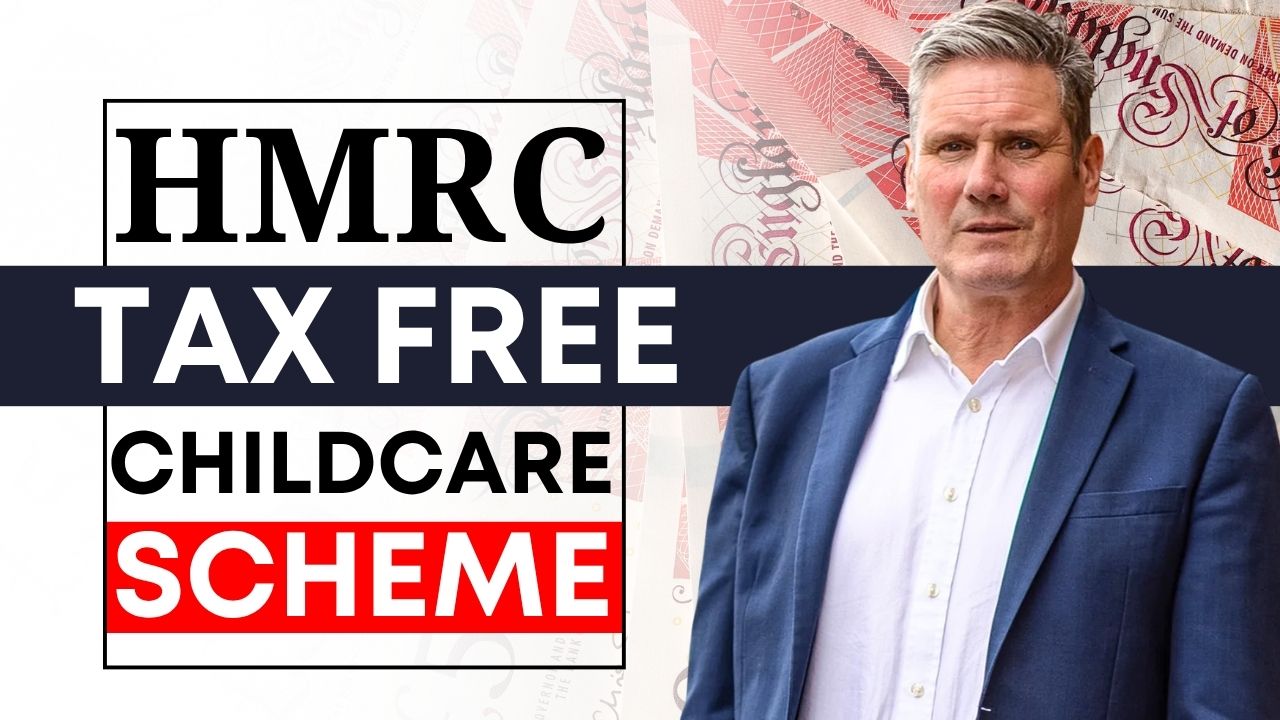In the financial year 2024–25, HM Revenue and Customs (HMRC) released over £632.2 million to support nearly 826,000 working families across the United Kingdom through the Tax-Free Childcare (TFC) Scheme. This significant allocation highlights a growing reliance on childcare support mechanisms among working households, particularly during periods of increased need, such as summer holidays and school breaks.
The initiative allows eligible families to receive a 25% government top-up on funds deposited into a special childcare account. With each child qualifying for up to £2,000 in support annually, and up to £4,000 for children with disabilities, the scheme is a major financial contributor for parents seeking formal childcare while remaining active in the workforce.
In March 2025, HMRC data recorded that 54,020 families in London alone used the TFC scheme,e an increase of 8,100 families compared to the same month in 2024. This trend reflects both the rising awareness of the program and the increasing cost of childcare, prompting more families to seek assistance through formal schemes backed by the government.
Parents! 👪
Could you be missing out on up to £2,000 a year to help with childcare costs?
Find out what you’re entitled to here. 👇 https://t.co/RHCrwH40qG pic.twitter.com/LhaU7PdFl1
— HM Revenue & Customs (@HMRCgovuk) May 23, 2025
HMRC Distributes £632 Million in Tax-Free Childcare to UK Families

Tax-Free Childcare functions through a dedicated account system. Eligible parents can open an online account via GOV.UK and begin depositing funds for childcare. For every £8 contributed by the parent, the government adds £2, making a total of £10 available to pay for childcare services. This applies to each child separately, and accounts are managed independently per child.
The funds in the account are highly flexible. Parents can use them immediately or store them for later use, including long school holidays or during periods of transition. Importantly, unused funds can be withdrawn at any time, although government contributions on withdrawn balances are reclaimed. This ensures that families maintain control over their own finances while benefiting from government assistance when needed.
Tax-Free Childcare can be used only with approved childcare providers, which must be registered with a regulating body such as Ofsted in England or the equivalent in devolved nations. Once a provider is verified, payments can be made directly from the online account, simplifying the transaction process.
Government Contributions Per Child
The following table presents the maximum government support available to families based on the age and disability status of the child:
| Child Category | Quarterly Limit per Child | Annual Limit per Child |
|---|---|---|
| Children aged up to 11 | £500 | £2,000 |
| Children with disabilities | £1,000 | £4,000 |
These figures are fixed and reset every quarter, enabling families to plan their deposits accordingly and spread childcare expenses throughout the year.
Services Covered Under the Scheme
The Tax-Free Childcare account funds can be used across a wide variety of childcare arrangements. For working parents, this is particularly helpful when standard school hours are insufficient or unavailable.
Among the approved services are:
- Day nurseries for infants and toddlers
- Childminders who are registered and approved
- After-school clubs and wraparound care
- Holiday clubs, including full-day programs during summer and half-term breaks
This broad applicability ensures that the funds serve both early years and school-aged children, allowing parents to work without disruptions due to childcare gaps. For families with more than one child, multiple accounts can be opened, each with its own balance and contribution limits.
Who Can Apply
The eligibility criteria for the Tax-Free Childcare scheme are designed to support working families, especially those with moderate to high childcare needs but without access to overlapping government support.
To qualify, applicants must meet the following criteria:
- The child must be aged 11 or under. For children with disabilities, eligibility continues until the age of 16.
- Each parent (or the single parent in a single-parent household) must earn at least the National Minimum Wage or Living Wage for 16 hours per week on average.
- Neither parent can earn more than £100,000 annually.
- Families must not receive Universal Credit, childcare vouchers, or other publicly funded childcare assistance.
The government cross-checks these conditions using tax records and employment data, ensuring that only eligible families are enrolled.
Benefits Beyond Financial Relief
While the immediate advantage of the scheme is financial, its impact reaches further into the lives of working families. By alleviating the cost of childcare, the scheme enables more parents, especially mothers, to return to work or increase their working hours. This contributes positively to family income, personal career growth, and overall economic productivity.
In addition, regular access to approved childcare services enhances children’s early learning, social development, and school readiness. Formal childcare environments provide structured educational and social opportunities that prepare children for the classroom, giving them a strong foundation in their formative years.
The scheme’s flexibility also reduces last-minute stress for families, especially when unexpected care needs arise. With funds readily accessible and a clear understanding of how the contribution system works, parents can make informed decisions about their childcare arrangements.
Integration with Other Childcare Schemes
Families eligible for Tax-Free Childcare can also combine it with other government programs, most notably the 15 or 30 hours of free childcare available for children aged 3 and 4 in England. This integration offers a dual advantage—parents can benefit from free hours and use TFC to cover any additional care hours or extra services such as meals or extended sessions.
This arrangement is particularly useful for full-time working parents whose children may be in care for longer than the free entitlement covers. With school terms providing limited hours, wraparound care or holiday clubs often become necessary, and this is where TFC adds significant value.
By utilizing both programs strategically, families can maximize the financial support available to them while ensuring continuity and quality in their child’s early education.
Application Process and Account Features
Registering for Tax-Free Childcare is a streamlined process facilitated by GOV.UK. Parents are required to:
- Complete a brief Online Application
- Verify their employment status and earnings
- Provide details about their children and childcare providers
- Reconfirm their details every three months to maintain eligibility
Once approved, the account can be accessed at any time. Deposits are flexible, there is no minimum monthly requirement, and funds can be added manually or through automated standing orders.
Features of the Tax-Free Childcare Account
- Can be used immediately after deposit
- Allows payments to multiple approved childcare providers
- Contributions can be paused or resumed anytime
- Unused funds can be withdrawn (minus government top-ups)
The system is user-friendly, with alerts and reminders to help parents stay on track with quarterly eligibility confirmations and contribution caps.
Encouraging Enrollment Before Summer Holidays
With school holidays approaching, HMRC is actively encouraging parents who haven’t yet signed up to do so. Childcare costs during summer holidays can be considerably higher due to the need for full-day care over several weeks. Families who register before the next quarterly deadline can benefit from the maximum contribution of £500 per child or £1,000 for a disabled child.
Myrtle Lloyd, HMRC’s Director General for Customer Services, noted the urgency of acting early:
“Summer can be an expensive time if you have children. Whatever you’re planning, Tax-Free Childcare can give your plans a welcome financial boost.”
Early enrollment not only provides immediate support but also ensures that funds are available when needed most, helping families plan for travel, activities, and full-time care during long breaks from school.



